Why do blacksmiths go to the effort of forging solid pieces of steel, instead of just casting liquid metal into a mold? Today we’re going to discuss the differences of forging vs casting metal.
What are the advantages of forging over casting? Forging produces a stronger and tougher piece of metal, with a tighter grain pattern. However it’s more costly, has some shape limitations, and it can be harder to achieve high tolerances on forged parts. Casting, on the other hand, is able to be used to create large or complex metal components.
Nowadays, both forging and casting are mostly done in an industrial environment using modern equipment. That has mostly rendered the work of blacksmiths redundant except for on one of a kind or very niche projects. Nonetheless, it’s good to know the differences and theory behind these two types of metalworking.
In this article, we’ll discuss how casting and forging processes work, as well as the advantages and disadvantages of each.
What Is Casting?
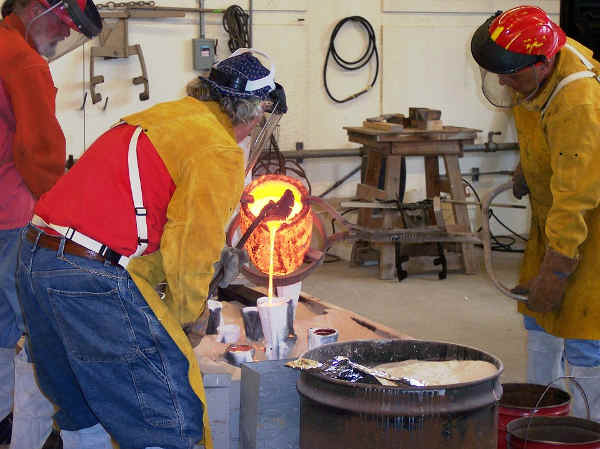
Casting is a metalworking process where you heat up metal until it becomes molten (liquid.) In a molten state, the metal can be poured into a mold to take on any shape that you want it to.
There are three main types of casting that you can choose for metal casting. Investment casting, sand casting, or die casting. Each has their own advantages and disadvantages.
Some kinds of metal casting can even be done in your backyard. For example, aluminum has a much lower melting point than steel and can be easily worked with.
With a simple backyard forge and a crucible, you can melt down aluminum cans and pour solid aluminum ingots for yourself, or create parts using a lost foam casting technique.
It’s similar to investment casting, except it uses styrofoam for the pattern instead of wax. Something to consider if you’re interested in trying out metal casting for yourself!
What Are The Advantages of Casting?
No size or complexity limitations. Casting is used for metal components that are too large or intricate to be easily forged. It’s possible to forge up to 50 kgs (110 lbs) of metal at a time with specialized modern technology, but it takes an enormous amount of force to do so.
On the other hand, it’s not a big deal to cast metal parts that weigh hundreds of kilograms. With the right techniques and equipment, it’s possible to cast massive metal pieces weighing up to 2,000 kg (4,400 lbs) or more!

A wide variety of alloy options. You can use all different kinds of metal alloys for casting. Some are easier than others, but basically, if you can melt a metal down, you can make castings with it.
It can be less expensive. On an industrial scale, casting and tooling are usually less expensive than forge dies.
Higher tolerances. Casting metal gives a much higher level of tolerance than forging. Casting is better if you need a product to meet exact specifications.
Less rework needed. A casted product requires very little secondary machining. It pretty much comes out of the mold ready to go.
Higher production rate. Casting allows for a higher production rate than forging. There’s less that can go wrong with pouring metal than trying to forge it.
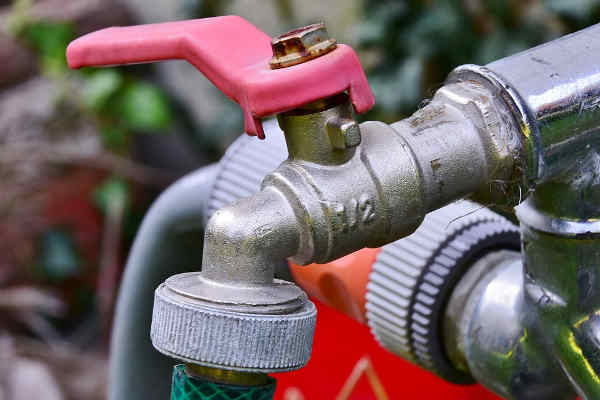
What Are The Disadvantages of Casting?
Less structural integrity. Casted metal products aren’t as strong as forged ones because they’re more porous. They’re also more prone to shrinkage, defects, cracks, and hot tearing.
More process control needed. Casting requires a lot more inspections and monitoring to prevent defects and maintain a high level of quality.
Requires higher temperatures. To melt steel for casting, you’ll need to get it over 2,500 degrees F. Usually that’s too high of a temperature for an amateur blacksmith to try to achieve in their backyard with a homemade forge.
What Is Forging?
Forging is applying a combination of heat and physical force to a metal ingot or billet. This shapes the steel into your desired shape, while still keeping the metal in a solid state.
There are many different options when it comes to forging. There’s open or closed die forging, as well as rolled ring forging. As well as differentiating by temperature (cold, warm, or hot forging.) Different forging metals are also used for different types of metals like bronze, aluminum, brass, or steel.
What Are The Advantages of Forging?
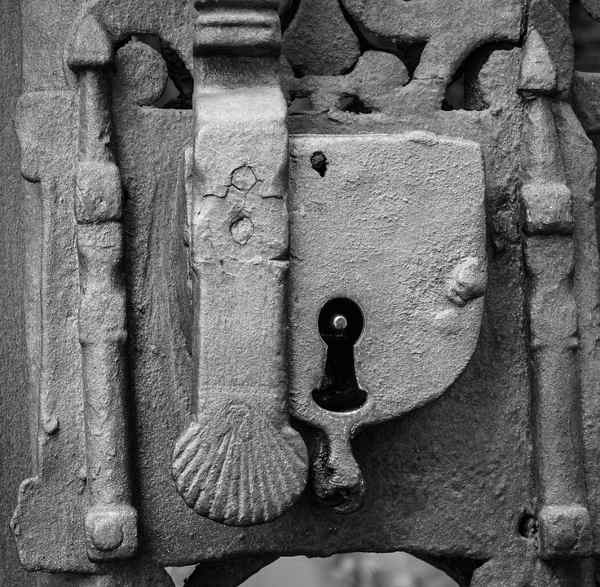
Tougher end product. Forging results in a generally tougher end product than casting does. Especially when it comes to impact and shear strength. The forging process causes the grain flows in the metal to conform to the shape of the product, providing an overall tighter grain, and therefore a more uniform structure and composition.
That makes forged products harder and more resistant to wear. That can eliminate the need to use more expensive alloys to increase the strength of parts you’re making.
Stays more true to form. Forging results in less shrinkage, cavities, and overall porosity of the metal. You don’t need to compensate for the sorts of changes that happen during the casting process.
Less weak points in the end product. Forging reduces the need to join multiple pieces together. Instead, it can all be forged as one piece. Removing unnecessary joints adds to the overall strength of a piece, since no welding or fastening is needed.
Usable in many industries. Forged products include everything from aircraft landing rods, gears and crankshafts in cars and trains, and even small tools and items like rivets, chisels, and screws.
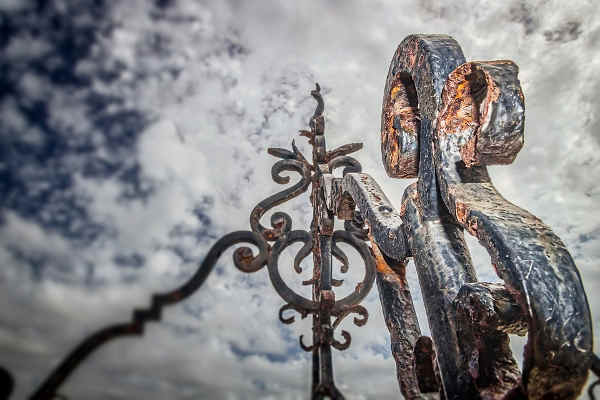
What Are The Disadvantages of Forging?
Multiple steps might be required. Secondary processes are usually needed to finish and refine most forged products to specifications.
Hard to achieve high tolerances. Products that you make through forging might need to meet high tolerance levels. It’s hard to forge things down to the millimeter.
More costly. The cost of forging a product is normally higher than casting it.
Still prone to some defects. While forging reduces porousness and eliminates shrinkage, it’s prone to some of its own kinds of defects like laps, piping, and die failure.
Limited shapes. The shapes of forged items are limited when cored sections or undercuts are needed. Overly complex or intricate items aren’t suited well for forging either.

How To Choose Between Casting and Forging
Casting and forging are two very different metal product manufacturing methods.
Here are some questions to ask yourself when deciding which process is best for your product, forging vs casting:
- What material will you be using?
- How tight are your tolerances?
- How strong do you need the product to be?
- What level of detail is needed for the final product?
- Are you concerned with minimizing waste and scrap?
- Does temperature sensitivity of the end product matter?
Once you have your answers to those questions, take a look at the pros and cons discussed above to see whether forging or casting will better suit your needs.
Conclusion
Forging and casting are two distinct metalworking techniques.
Blacksmiths use one form of forging to create their work. Forging involves shaping a solid piece of metal to create your desired part or tool.
Casting involves melting down metal to a liquid or molten state and pouring it into a mold to create the part you need.
Both forging and casting metals have their own unique pros and cons.
Forging produces stronger and more wear-resistant pieces of work. It’s great for creating tools and other smaller or simple pieces. Casting, on the other hand, is faster, cheaper, and can be used to create large or complex pieces.
Which is better, forging vs casting? Ultimately it will come down to the qualities and features you’re looking for in your end product.
If you want to start forging for yourself, check out my recommended gear page!
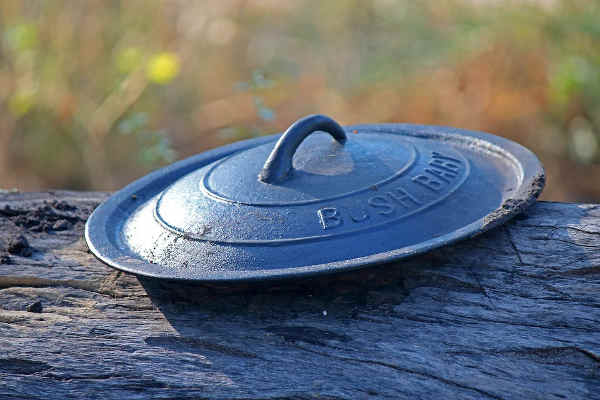
Related Questions
Q: What are the basic kinds of modern forging equipment?
A: Forging machines can either be hammers or presses. A press applies continuous pressure to the work in order to shape it. A hammer impacts the work to shape it, much like the more manual process that a blacksmith uses to work metal.
Q: What’s the difference between cast steel and cast iron?
A: Cast steel is normally a name used for alloy steel and normal carbon steel. It’s a steel casting with a 2% carbon content or lower. Cast steel has worse wear resistance and costs more compared to cast iron.
Cast iron is also called malleable iron, ductile iron, or gray iron. Iron casting has a carbon content that’s more than 2%. It’s resistant to wear, but it has a lower tensile strength.
Do you prefer some metal products you use to be forged or cast? Why?

